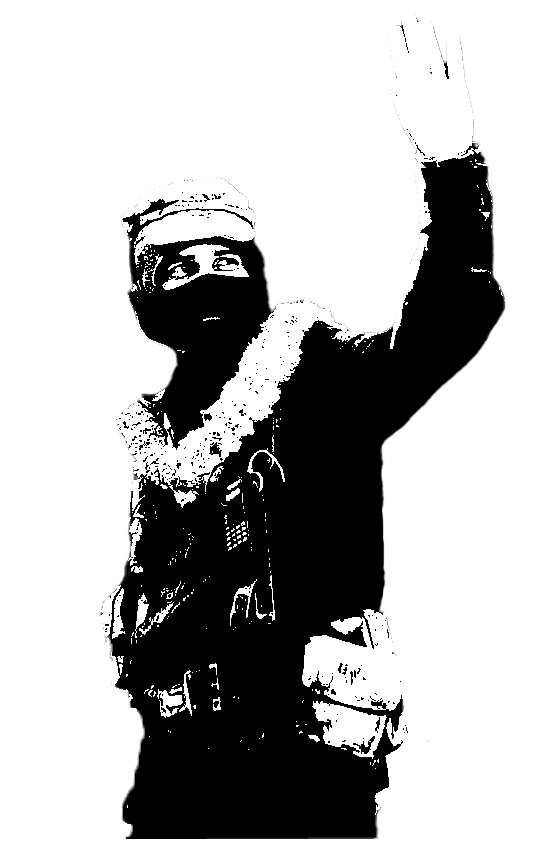The Zapatista uprising began on January 1, 1994, in response to neoliberal economic policies that devastated Mexico's rural population, particularly the indigenous communities in Chiapas. The Zapatista National Liberation Army (EZLN) was founded in 1983 to defend the rights of indigenous people, and their surprise attack on military targets in Chiapas quickly gained international attention. The Mexican government responded with a brutal military offensive, but the Zapatistas gained significant international support and engaged in negotiations that led to the San Andres Accords, recognizing the rights of indigenous people.
The leader and face of the movement is known as Subcomandante Marcos or Delegate Zero. He was known to be charismatic and a good communicator and was always seen in public with his signature balaclava. His true identity is unknown.
The Electronic Disturbance Theater was founded in 1997 by Ricardo Dominguez, Brett Stalbaum, Stefan Wray and Carmin Karasic to create computer software that showed their views against anti-propagandist and military actions. During this time, the Electronic Disturbance Theater (EDT) developed FloodNet, a web tool that allowed supporters to flood Mexican government websites with traffic in a form of virtual protest.
Despite the prevalence of big tech, digital technology seems to always have some anti-authoritarian culture engrained in it that I always enjoy exploring. From this net.art project to the invention of bitcoin after the 2008 financial crisis, there’s this idea that a few people with the right idea can cause real positive impact from right behind their monitors.
Another major point that I resonate with in this project is using digital restrictions against itself to demonstrate defiance. Last year’s A4 protest originally against Chinese zero covid policy after a fire in Urumqi killed 10 is the closest equivalent that pops in mind. People would satirically comment “好” (good) under CCP/News posts on Chinese social media where outright negative comments would easily be detected by automatic censors. So it’s really interesting to see net.art being used in this way since the late 90s and to see how much it will continue to be used for either oppression or democratization. It reveals just how simultaneously powerful yet linear and dumb Web 2.0 technology is/was (and by extension, a lot of the technology the modern world is based on). We’ll see how much AI and web 3 changes that.
